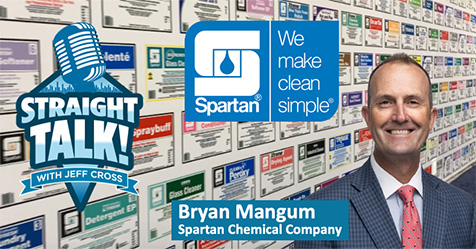Monkeypox Found on Household Surfaces
Evidence mounts regarding the virus’ ability to linger on objects.
A Morbidity and Mortality Weekly Report (MMWR) recently released by the U. S. Centers for Disease Control and Prevention (CDC) revealed that surfaces within two monkeypox patients’ home retained evidence of the virus.
In the study, originally completed by the Utah Department of Health and Human Services (UDHHS) in May, the two patients lived together in the same Utah home, and both presented a mild version of the illness. The patients had isolated at home for 20 days before surfaces were sampled for the virus.
To check for the presence and degree of surface contamination, UDHHS swabbed various objects throughout the home. The patients identified high-contact objects and surfaces for sampling. They also described any cleaning and disinfecting they performed during their illness, as well as where they spent most of their time while ill.
Specimens were obtained from 30 objects in nine areas of the home, including porous materials such as blankets and fabric furniture, as well as nonporous materials such as light switches, toilet handles and seats, computer equipment, and kitchen appliances. Among the 30 surfaces swabbed, 21 indicated the presence of monkeypox virus DNA.
The CDC stressed that, while the monkeypox virus primarily spreads through close, personal, skin-to-skin contact with the rashes, scabs, lesions, body fluids, or respiratory secretions of a person with monkeypox, transmission via contaminated objects or surfaces is also possible.
As most monkeypox patients recover at home, it’s important that those living in or visiting the home of someone with monkeypox follow appropriate precautions against indirect exposure and transmission. The CDC suggests wearing a well-fitting mask, maintaining appropriate hand hygiene, and following home disinfection recommendations. Avoid contact with surfaces that could be contaminated. Do not share eating utensils, clothing, bedding, or towels. Clean suspected contaminated surfaces following these recently updated CDC guidelines.

